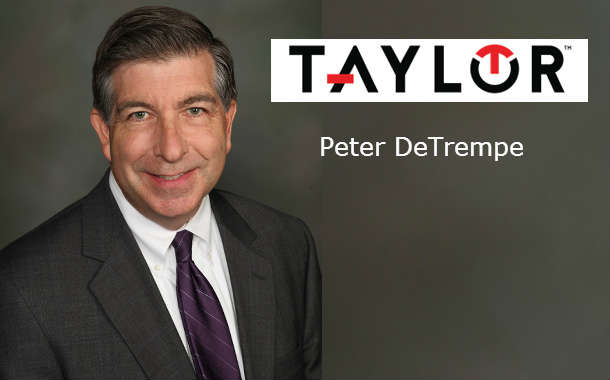By Peter DeTrempe, Taylor Strategic Relationships Group
As the fixed ops marketing director for Koons Automotive Group, Matt McCausey knows that when it comes to communicating with customers you can’t take anything for granted.
“Building customer loyalty takes time and effort. There is no such thing as a one-size fits all marketing program, he says. “Marketing campaigns need to be carefully managed, they need to evolve, and above all else, they need to be measured.”
McCausey knows what it takes to compete for and win customer loyalty. He oversees the owner communications program for Koons, a 19-dealership group in the Washington D.C./Baltimore area. McCausey doesn’t rely on instinct to make the best marketing decisions. He uses well-defined performance metrics to gauge the effectiveness of every dollar Koons invests in marketing programs.
“We have the tools today to analyze the effectiveness of nearly all of our communications, both offline and online,” says McCausey.
Once he knows what messages and media are most effective, the rest is simple. “We stop spending on what doesn’t work and we invest in what is working … until we find something that works even better,” says McCausey.
If you are considering acquiring a dealership, evaluating the effectiveness of a dealership’s marketing program is one of the most critical yet often overlooked aspects of the due diligence process. Knowing the strengths and weaknesses of a marketing program can help you ferret out more of a dealership’s unrealized potential.
It is essential that you perform both a top-down and a bottom-up analysis.
A top-down analysis looks beyond the manufacturer’s brand marketing and determines how and where the dealership invests in communications. It is essential to know not only how the dealership’s co-op marketing programs have been developed and deployed but also how the manufacturer measures and rewards success within that program.
Is the manufacturer compensating the dealer for activities whose results truly drive success for the dealership as measured by both sales and service retention? Comparing and combining the manufacturer’s measurements for success with that of the dealer is what defines top-down alignment from the manufacturer to the dealer.
A bottom-up approach to analyzing marketing investments begins with understanding the target market as well as customer behavior. Today you can follow a customer’s journey across multiple channels and media in a way that leaves little to doubt. Invest time and resources to understand a dealership’s customers’ shopping behavior including their reliance on online marketing, traditional marketing (radio, TV, direct mail) and the timeline between interest, intent and purchase.
Knowing this information will give you the necessary insight to potentially develop better messaging; determine the most effective marketing/advertising channels; and ultimately achieve a better return on investment for that dealership.
Utilizing online analytics, such as Adometry by Google, helps a dealer integrate, measure, and optimize marketing data across all channels — both online and offline — so he or she can generate actionable insights that improve ROI. These valuable tools will help you attribute both a cause and effect when it comes to measuring the success of marketing investments as a critical part of your due diligence.
Through performance-based marketing metrics, you may find that the dealership is not optimizing its marketing spending by either over- or under-investing in online media, or by not reaching its audience in a manner that generates qualified sales leads.
The message here is that marketing matters. Dealership marketing can be confusing to say the least. The results of marketing efforts are critical to the success of a dealership. Audit the dealership’s return on marketing investment as part of your due diligence before you buy your next dealership.
Seek out experts who can get “under the hood” of the key performance metrics of that dealership’s marketing. They can look for evidence of what works by increasing and decreasing marketing spending across channels and customer segments. Most importantly, they will select the right metrics to help you achieve the highest return on your marketing investment at that dealership.
These best practices will help you maximize your investment dollar when you acquire the dealership that you just know you can run more effectively and efficiently than the previous owner.
Peter DeTrempe is responsible for developing automotive marketing strategy and innovative marketing programs for Taylor Strategic Relationships Group. He can be reached at 214-437-5453 or pjdetrempe@taylorcorp.com












